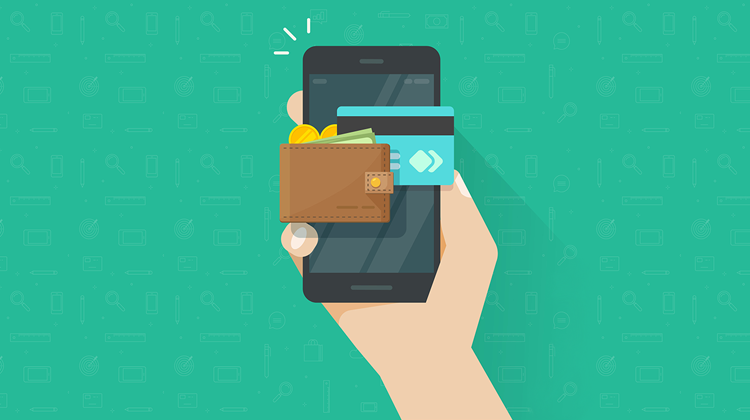Member Exclusive, Payments
American consumers and BNPL: Experience, spending, and troubles
- More than one in four Americans used BNPL in the second half of 2022.
- Providers, consumers, and regulators are still learning about the specifics of BNPL — providers to improve customer experience and grow revenue, consumers to simplify purchases, and regulators to protect customers.








